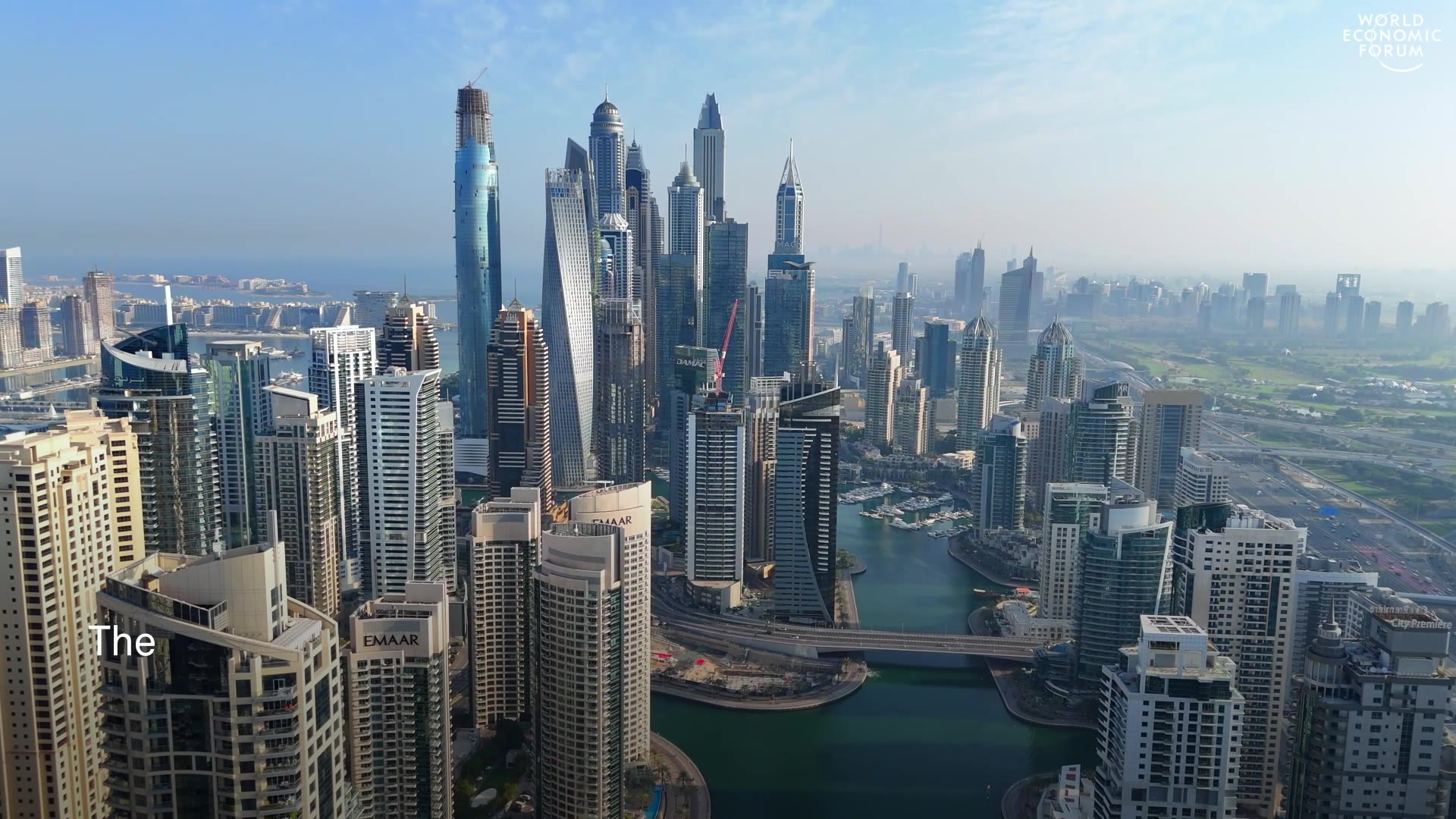Why migration is a model for sustainable development for all

For centuries, migration has been a major driver of development and prosperity. Image: IOM/Hiyas Bagabaldo

Get involved with our crowdsourced digital platform to deliver impact at scale
Stay up to date:
Geopolitics
- People have been migrating in search of better lives, to flee conflict or persecution, or to seek new opportunities throughout history.
- Climate change, conflict, political instability and economic disparities are among the main drivers of people seeking livelihoods elsewhere.
- Here's why well-managed migration can, and does, drive positive economic, social and cultural outcomes – to the benefit of everyone.
Migration is as old as humanity itself. Throughout history, people have migrated in search of better lives, to flee conflict or seek safety, or simply to find new opportunities. Yet with migration hitting record numbers, a new and more comprehensive approach is needed to address the complex and multifaceted issues that compel people to move today.
It may surprise people that most migration is regular, safe and orderly – regionally focused and often directly connected to work. What captures attention in headlines is just part of the story.
But it’s also true that climate change, conflict, political instability and economic disparities are driving even more migration as people conclude they have little choice but to find safety and livelihoods elsewhere. The impact of climate change is becoming particularly prominent, now causing more new displacements annually than conflict.
Nevertheless, the fact is that well-managed migration is a solution to some of the world’s most important challenges.
Migration as a major driver of development
For centuries, migration has been a major driver of development and prosperity. International remittances to low- and middle-income countries are now at about $670 billion, which is more than direct foreign investment and far more than official development assistance to those countries.
Many regions, such as Eastern Africa, are now investing in regional frameworks that cover trade and migration because the free movement of people and goods can bring sustained, inclusive economic growth and productive employment.
In addition, global demographic shifts and economic transformations underpin the need for migration. The International Organization for Migration’s (IOM) 2022 report Migration Matters: A Human Cause with a $20 Trillion Business Case, developed in collaboration with the Boston Consulting Group, showed that 30 million vacant jobs across the world's 30 largest economies, translating to a staggering $1.3 trillion annual loss for businesses.

Ageing populations are going to exacerbate these labour shortages. By 2050, countries such as Japan, the Republic of Korea, Italy, Spain, Greece and Portugal are projected to have nearly 40% of their populations over the age of 65.
Meanwhile, 90% of the 1.8 billion young people aged 10-24 – the largest youth generation in the world’s history – live in developing countries. In Africa, where 70% of the population is under 30 and 40% are under 14, there is a stark scarcity of job opportunities. Six of the top 10 countries with the highest youth unemployment rates are in Africa.
Developing countries need sustainable and reliable financial support from a variety of sectors to boost resilience and growth. But another key part of solving this economic challenge is to link available talent with available job opportunities, wherever they may be in the world.
There are some nascent programmes that do this, such as the Talent Beyond Boundaries project, but these need to be expanded. Plus, we need sustained investment in skills development and greater access to migration pathways.
Why we need greater access to migration pathways
The evidence shows that if we focus on expanding regular pathways for migration, the world would realize a multitude of benefits, including:
- Enhanced public confidence in migration that is safe, regular and dignified.
- Reduced pressure on asylum systems as individuals will have more options to move.
- A greater alignment of migrant skills with the needs in destination countries.
- A reduced reliance on ad hoc intermediaries, thus destroying the smuggling and trafficking business model.
- A more sustainable development model that benefits migrants, countries of origin and destination.
IOM cannot and should not do this alone. To realize these benefits, we need partnerships with and the active involvement of all stakeholders, especially the private sector, including employers, recruitment agencies and training institutions.
For its part, IOM will ensure the active participation of migrants themselves. We are committed to amplifying their voices and incorporating their expertise.
How is the World Economic Forum supporting refugees?
This overall approach solves far more migration challenges than relying on enforcement. It can change the narrative about migration, to help more people understand that migration can and does drive positive economic, social and cultural outcomes.
There are millions of people with the skills, talent, and experience to work, but there are insufficient pathways for them to migrate regularly to find greater opportunity. Mobility is part of the solution. At IOM, we are working constantly to help deliver these solutions, so the world can harness the promise of migration and make it work for all.
Don't miss any update on this topic
Create a free account and access your personalized content collection with our latest publications and analyses.
License and Republishing
World Economic Forum articles may be republished in accordance with the Creative Commons Attribution-NonCommercial-NoDerivatives 4.0 International Public License, and in accordance with our Terms of Use.
The views expressed in this article are those of the author alone and not the World Economic Forum.
Related topics:
The Agenda Weekly
A weekly update of the most important issues driving the global agenda
You can unsubscribe at any time using the link in our emails. For more details, review our privacy policy.
More on Geo-Economics and PoliticsSee all
Chido Munyati
April 28, 2024
Børge Brende
April 28, 2024
Kiriko Honda
April 25, 2024
Pooja Chhabria and Kate Whiting
April 23, 2024
Robin Pomeroy and Sophia Akram
April 22, 2024






